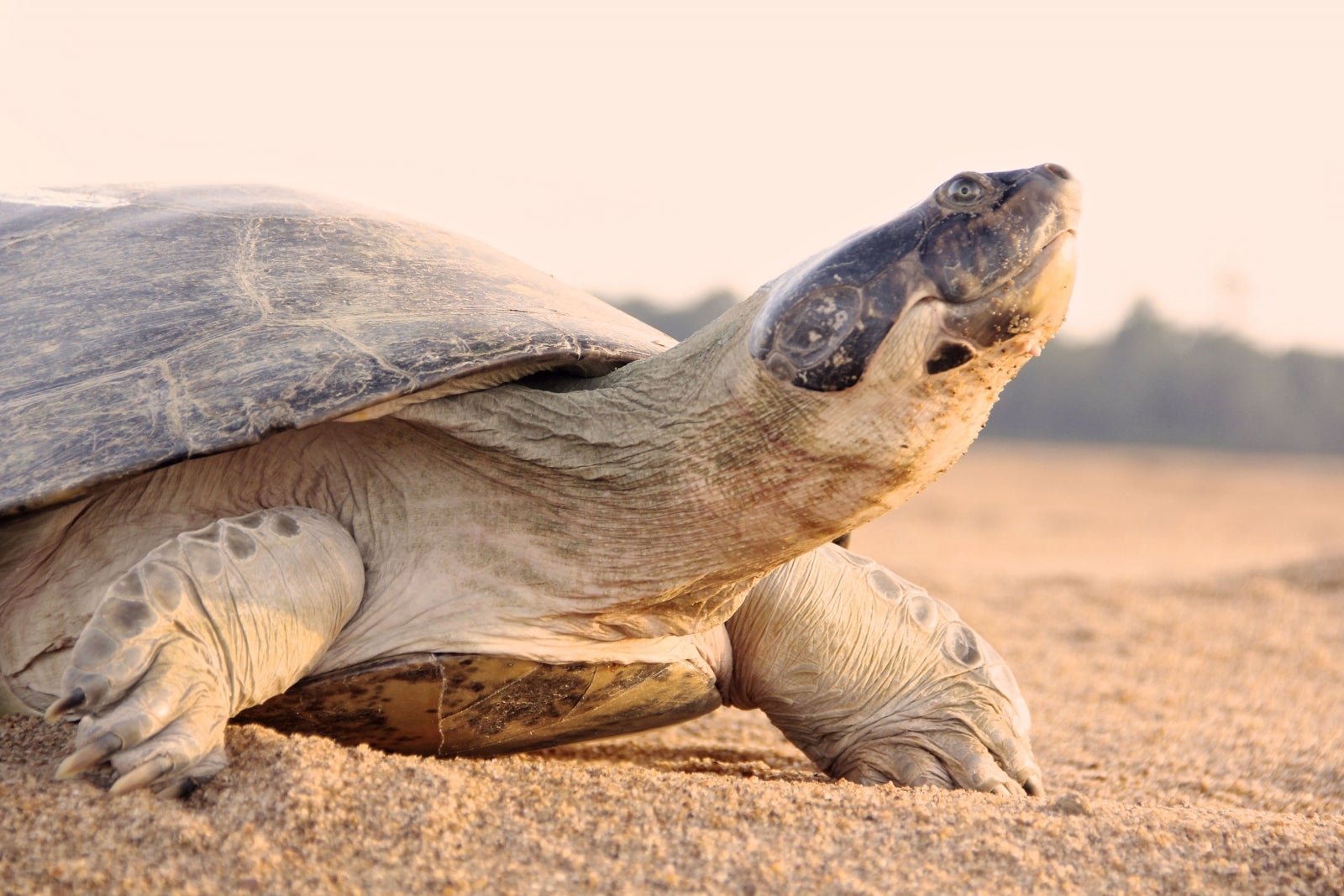Amazonian turtle mothers heard 'talking' to hatchlings to get them into the water
The study constitutes the first known example of parental care among turtles

Your support helps us to tell the story
From reproductive rights to climate change to Big Tech, The Independent is on the ground when the story is developing. Whether it's investigating the financials of Elon Musk's pro-Trump PAC or producing our latest documentary, 'The A Word', which shines a light on the American women fighting for reproductive rights, we know how important it is to parse out the facts from the messaging.
At such a critical moment in US history, we need reporters on the ground. Your donation allows us to keep sending journalists to speak to both sides of the story.
The Independent is trusted by Americans across the entire political spectrum. And unlike many other quality news outlets, we choose not to lock Americans out of our reporting and analysis with paywalls. We believe quality journalism should be available to everyone, paid for by those who can afford it.
Your support makes all the difference.Scientists have observed Giant South American river turtles ‘talking’ to their newly-hatched young, using high-pitched vocalisations that carry better through air and shallow water to guide the nestlings into the water.
The findings, published in a recent edition of the journal Herpetologica, constitutes the first known examples of parental care among turtles - an order of reptiles that have been roaming the Earth for more than 220 million years.
Researchers watched the Amazonian turtles between 2009 and 2011, capturing more than 270 individual sounds during their nesting season using underwater microphones. More than six distinct types of vocalisation were identified, with the scientists speculating that each of these is used to facilitate specific social behaviours.
For example, when the turtles migrated through the river they tended to use low frequency noises that travelled better over long distances, while females about to nest showed the highest diversity of sounds, thought to help the mothers decide on specific nesting sites.
"These distinctive sounds made by turtles give us unique insights into their behaviour, although we don't know what the sounds mean," said Dr. Camila Ferrara, Aquatic Turtle Specialist for the WCS Brazil Program, in a press release. "The social behaviours of these reptiles are much more complex than previously thought."
The Giant South American turtle is the largest member of the side-neck turtle family (so-called because they withdraw their heads sideways into their shell rather than vertically) and grow up to three feet in length. The species is found only in the Amazonian river basin and is currently under threat by humans hunting for meat and eggs.
Join our commenting forum
Join thought-provoking conversations, follow other Independent readers and see their replies
Comments